If you’re like most people, you probably don’t give much thought to the humble wooden spoon. After all, it’s just a spoon, right? Well, as it turns out, there’s a lot more to this kitchen staple than meets the eye. Let’s take a closer look at the history of the wooden cooking spoon and find out why it just might be the best all-around kitchen tool.
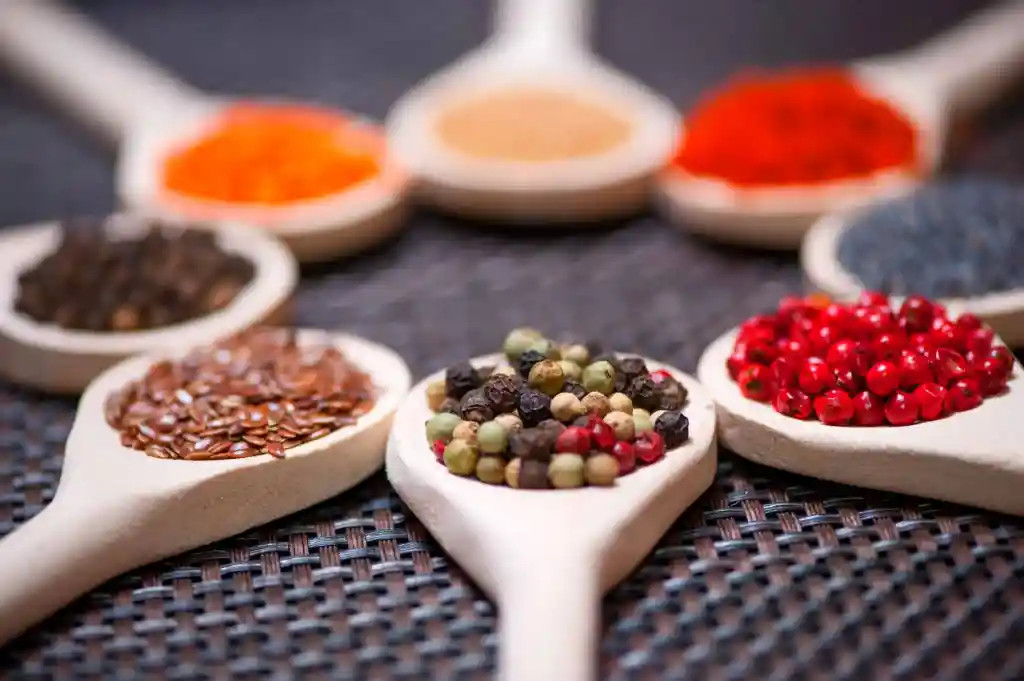
A History Of The Wooden Spoon
The history of the wooden spoon is long and storied. The wooden cooking spoon has been used since prehistoric times, and they remain a popular kitchen tool today. The first documented use of a wooden spoon is in the 4th century AD. However, a wooden spoon was found in the Royal Tomb of pharaoh Tutankhamun and is estimated to be over 3,300 years old. These early spoons were carved from a single piece of wood and had a long handle with a flat, paddle-like head. These early spoons were crudely made and not very durable. However, they served their purpose and were used for centuries by cooks all over Europe.
The best wooden spoons for cooking are made from beechwood. Beechwood spoons for cooking didn’t gain widespread popularity in the United States until the early 1900s. By then, they were mass-produced and widely available. Today, they are still made in both France and Italy from French beechwood and Italian olive wood.
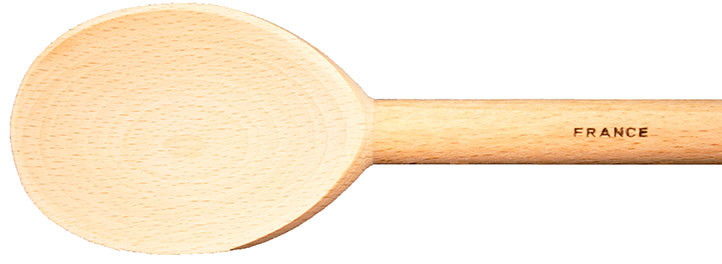
How to Make A Beechwood Spoon
The process of making a wooden cooking spoon is relatively simple, but it does require a bit of patience and skill. The first step is to select the right piece of wood for the project. The wood should be sturdy, but also flexible enough to be carved. Once the wood is selected, it needs to be cut into the desired shape and size. This can be done with a saw, or even a sharp knife.
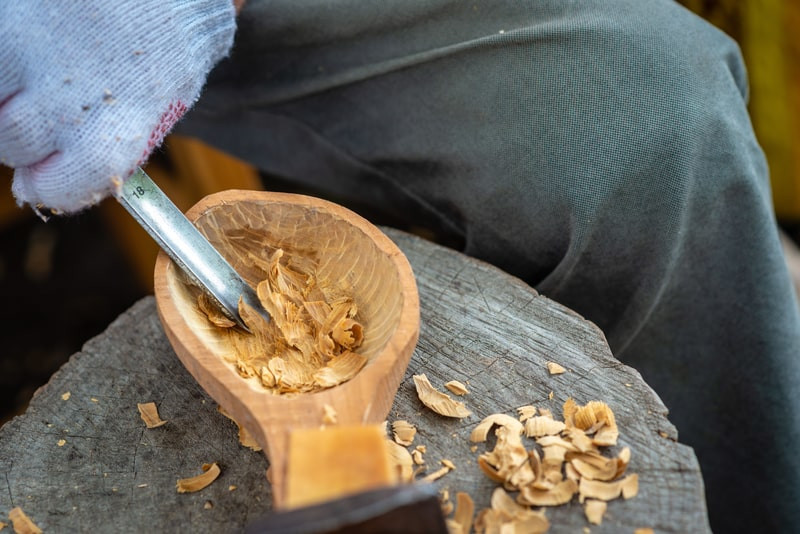
Next, the rough edges of the spoon need to be smoothed out. This can be done with a sandpaper or other grinding tool. Once the spoon has been smoothed out, it’s time to start carving. This can be done with a variety of tools, such as a chisel or a knife. The carver will need to use careful strokes and pay attention to the details in order to create a properly shaped spoon.
Finally, the spoon needs to be finished and polished. This can be done with a variety of materials, such as beeswax, lacquer or varnish. The spoon can then be ready to use!
Pros: Many Benefits Using A Wooden Spoon
Wooden spoons are a kitchen essential for many reasons. Here are the many reasons why wooden spoons are a must-have in your kitchen:
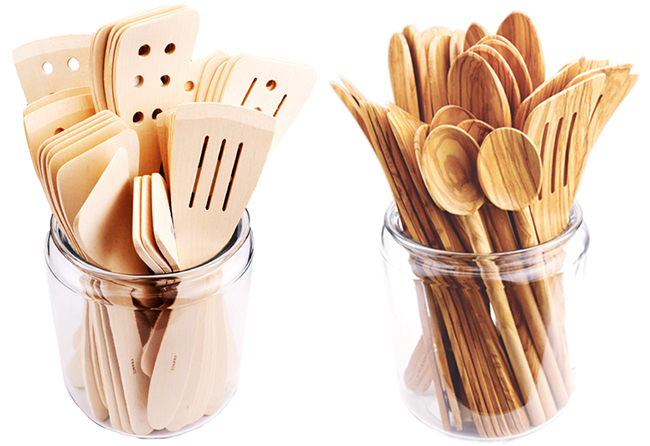
- Wooden spoons are generally less expensive than other kitchen utensils made of metal or silicone.
- A wooden cooking spoon is versatile and can be used for a variety of tasks, from stirring soups and sauces to scrambling eggs.
- They are heat-resistant and can be used to cook on the stovetop without fear of melting or warping. They won’t burn your hand if left in a boiling pot like most metal and plastic utensils.
- Wooden spoons are non-stick, which makes them great for stirring and scraping bowls and pots clean.
- They come in a variety of shapes and sizes, so you can find the perfect one for every job.
- Wooden spoons and spatulas are biodegradable and environmentally friendly, unlike some other kitchen utensils made from plastic or metal.
- Wood is easy to clean – just hand wash with warm soapy water and air dry.
- A wooden cooking spoon won’t scratch your cookware like metal utensils can. Non-stick and copper cookware will not be damaged.
- Because they will not cause damage, the chef can use more force to scrape the bottom of a bowl or pan with a wooden cooking spoon.
- Spoons and spatulas made from wood add a touch of rustic charm to your kitchen décor displayed on the counter in a crock or other utensil holder.
- And lastly, they just feel good in your hand – they’re warm, smooth, sturdy, and cozy!
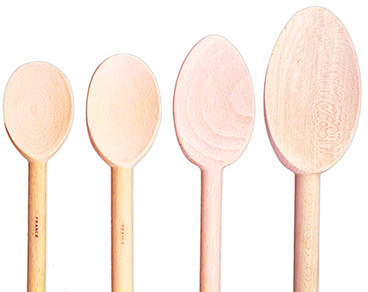
Our Conclusion: Buy One!
In summary, there are a few basic reasons why using a wooden cooking spoon is recommended for cooking. Firstly, a wood cooking spoon will not scratch or damage your pots and pans like metal utensils can. Secondly, a wooden spoon is a natural insulator and will not conduct heat as quickly as metal utensils, meaning that you can use it for longer without burning your hands. Finally, wooden spoons are easy to clean and do not harbour bacteria like plastic spoons can.
So there you have it—everything you need to know about the wooden cooking spoon! Next time you’re in the market for a new spoon, don’t discount this kitchen staple; it just might be the best option for your needs. Thanks for reading!
Tags: wooden spoon, wooden utensils
